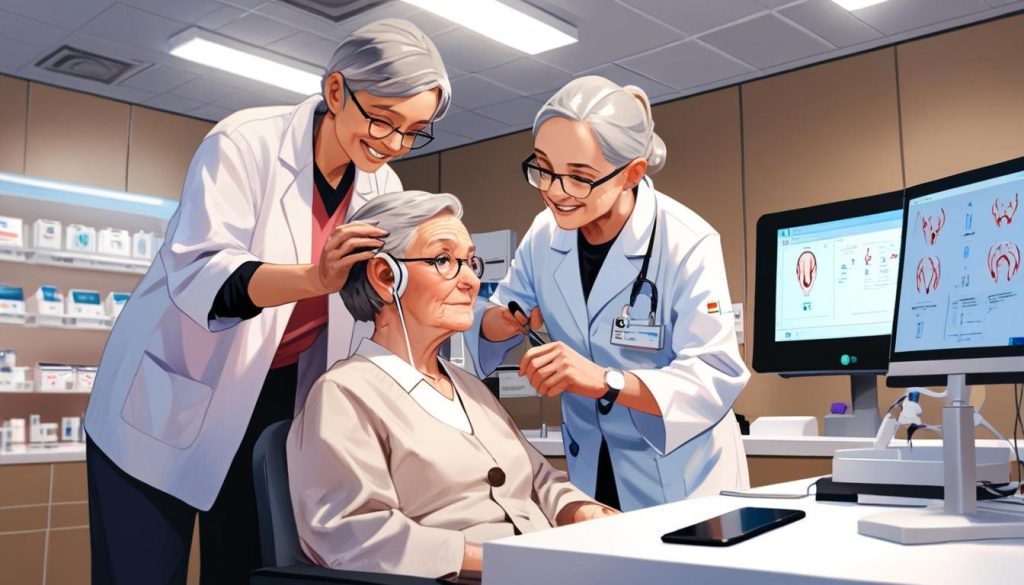Hearing health is increasingly being recognised as a significant public health issue in the UK, with alarming statistics highlighting the urgency for improved care and accessibility.
Hearing health is becoming an increasingly significant concern in the UK, where statistics reveal that one in three individuals experience hearing loss. Alarmingly, those affected commonly wait an average of ten years before seeking treatment, pointing to various barriers preventing access to adequate care. Recent projections suggest that, by 2030, hearing loss is set to become one of the top ten health burdens in the country, surpassing issues such as diabetes and cataracts.
The implications of untreated hearing loss extend beyond mere inconvenience; they encompass serious ramifications for mental health, employment prospects, and overall quality of life. Research published in The Lancet indicates that the foremost risk factors for conditions like dementia include hearing impairment at 7% and social isolation at 5%. These findings highlight the significant role hearing health plays in overall wellbeing, further compounded by the rise in social isolation linked to hearing difficulties.
Despite the pressing nature of these statistics, hearing health continues to occupy a marginalised position on the public health agenda. Routine check-ups for eyes and teeth are commonplace, yet attention to ear health often falls by the wayside. This disregard raises critical questions about the visibility and prioritisation of hearing health in national discussions.
Young people are particularly vulnerable in this context, with over one billion individuals globally at risk of permanent, preventable hearing loss attributed to unsafe listening practices. Experts highlight this as a potential public health crisis, urging immediate attention from healthcare leaders to mitigate the emerging risks.
Accessibility remains one of the primary challenges facing effective ear and hearing care. In the UK, services are often expensive and difficult to reach, especially for underserved communities. Innovative technologies are starting to emerge as promising solutions to these challenges. For instance, TympaHealth’s HD Digital Otoscopy offers practitioners the capability to capture and transmit high-quality images of the ear, enabling remote testing and consultations. Such tools can facilitate more efficient healthcare delivery by allowing routine checks to occur in community settings like pharmacies and care homes, thereby alleviating pressure on general practitioner (GP) appointments.
This technological shift aligns with the NHS’s ten-year plan, which emphasises the importance of community-based care and the proactive use of digital innovations in healthcare. The potential to transform ear and hearing health services highlights a path forward where access is improved, and treatment becomes more routine.
To foster significant advancements in hearing health, experts advocate for an immediate reimagining of its role within the healthcare system. As discussions evolve towards a vision where ear and hearing care is integrated into routine health practices, there is a critical need to redefine the perception of hearing loss—from a condition often ignored until significant deterioration occurs to one that requires proactive management as part of an ongoing healthcare journey.
Healthcare leaders are being encouraged to invest substantially in ear and hearing health services. By doing so, they may contribute to the prevention of serious complications such as dementia in the future. The ambition is to create an integrated healthcare environment where ear and hearing health is recognised not as an adjunct but as a central aspect of overall health management.
Source: Noah Wire Services





